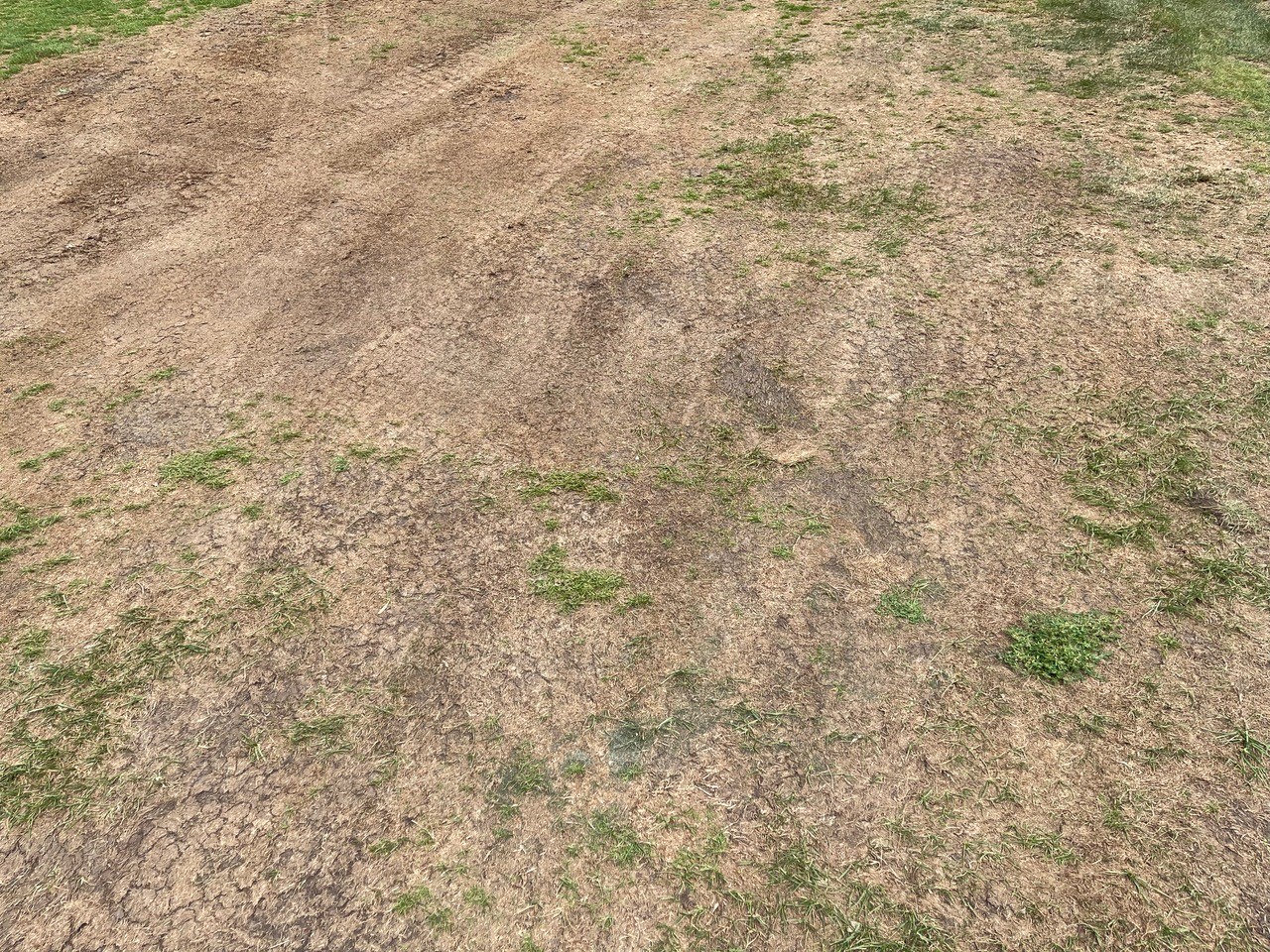Turf update: Stressful summer for turf on golf courses
This was a summer of extremes with soaking rains and high humidity that stressed turf in many areas.

The summer of 2024 was a summer of extremes with soaking rains and high humidity that stressed turf in many areas. Including the recent stretch of high temperatures, the summer weather has at times been quite simply brutal for growing high quality turf.
Disease, traffic and insects
Dew points this summer have been in the upper 60s to low 70s for extended periods. Combined with high temperatures, this created ideal conditions for numerous diseases including dollar spot, brown patch, pythium blight, summer patch, crown rotting anthracnose and rust. Disease pressure this summer has been more severe than what is typically experienced in Michigan.
Heavy rainfall events caused localized flooding in low lying or poorly draining areas on golf courses and many of these areas required reestablishment. Furthermore, the heavy rains saturated many putting green rootzones resulting in reduced rooting and softer surfaces more prone to foot traffic damage. The increased number of rounds that many golf courses have experienced since the COVID-19 pandemic has only exacerbated the problem as more golfers create more traffic and ball marks on greens. Many golf courses will be aerating greens and back fill the holes with sand in the next several weeks to provide some oxygen to the rootzone, sand to dilute organic matter and firm the surface, and quite simply provide some relief to the turfgrass.

As summer turns to autumn, other pests may become problematic. Japanese beetle and European chafer grubs may cause damage starting in September. Japanese beetle grubs are likely to be a problem in irrigated turf, like golf course fairways. European chafer is a problem in unirrigated turf, such as golf course rough.
Trees and turf
Some of the worst turf conditions occur on greens surrounded by trees and underbrush that restrict air movement and result in higher temperatures and the inability of the plants to cool through transpiration. The lack of air movement in these areas often leads to greater incidence of diseases, which can lead to turfgrass loss.
Another factor that contributes to turfgrass thinning, especially during periods of high temperature, is a lack of morning sun that is especially devastating. Turfgrass loses density because cool season turfgrass grown in Michigan only photosynthesizes when temperatures are below 85 degrees Fahrenheit, which typically occurs in the morning during July and August. If the plants can’t photosynthesize due to lack of morning sunlight, they run out of energy and eventually die. If greens suffered turf loss due to lack of morning sun, poor air movement and associated diseases, consider removing or pruning trees and underbrush at a minimum on the east and northeast side of greens to facilitate morning sunlight.
This year has been one of the more challenging turf growing years in recent memory. Keep in mind that your golf course superintendent is doing the best job they can to counteract the challenges Mother Nature imposes to maintain a high-quality playing surface for your golf course.



 Print
Print Email
Email
